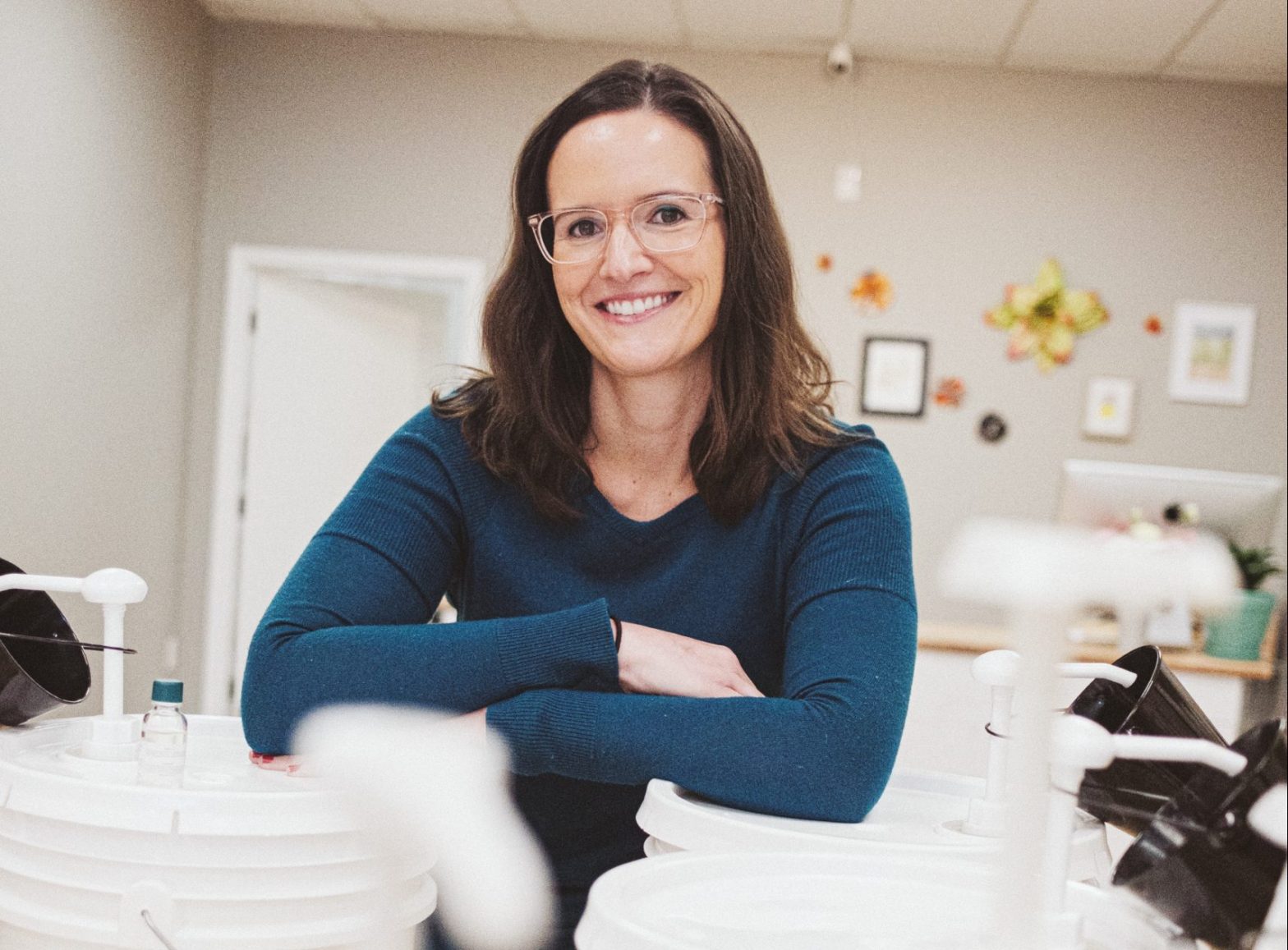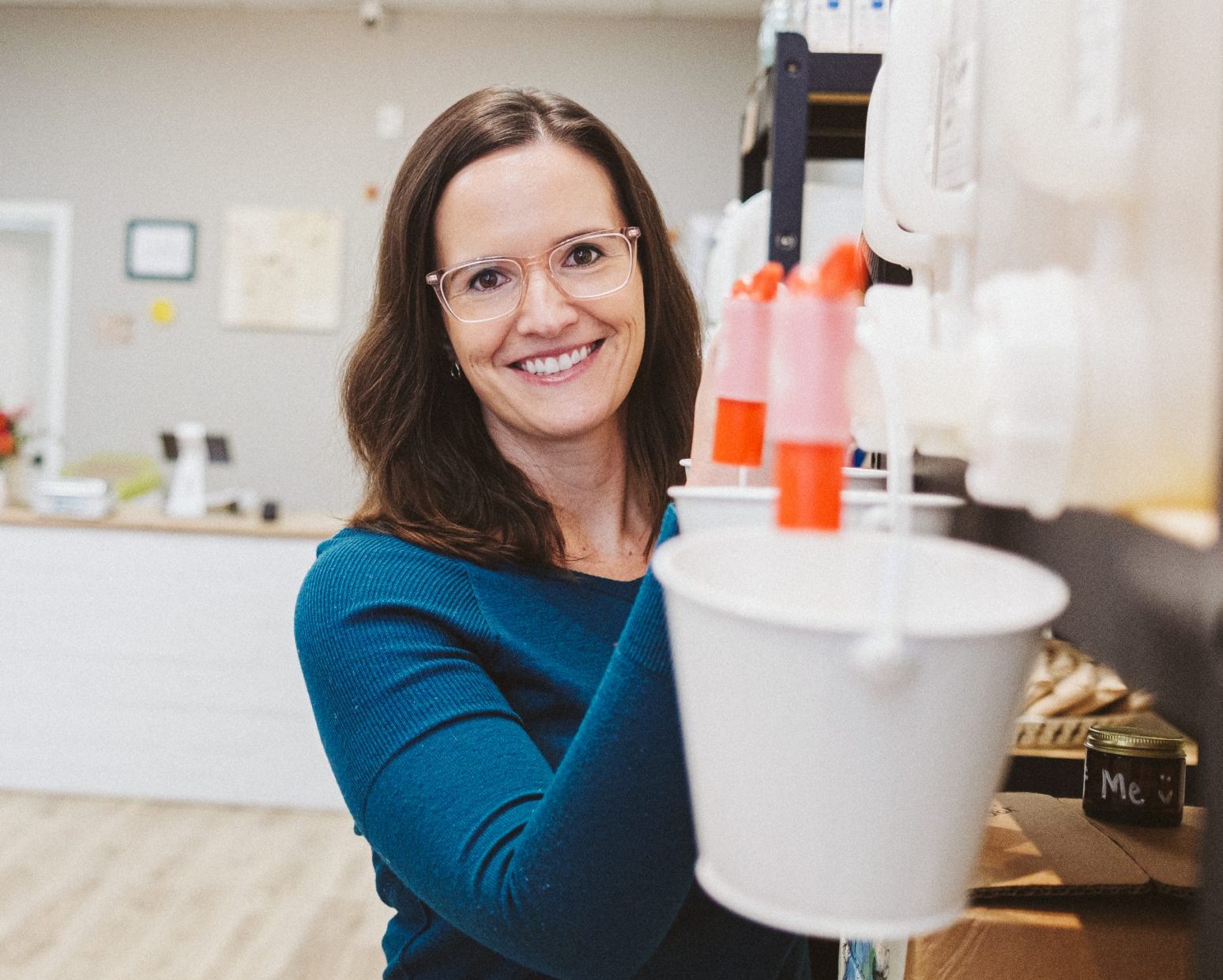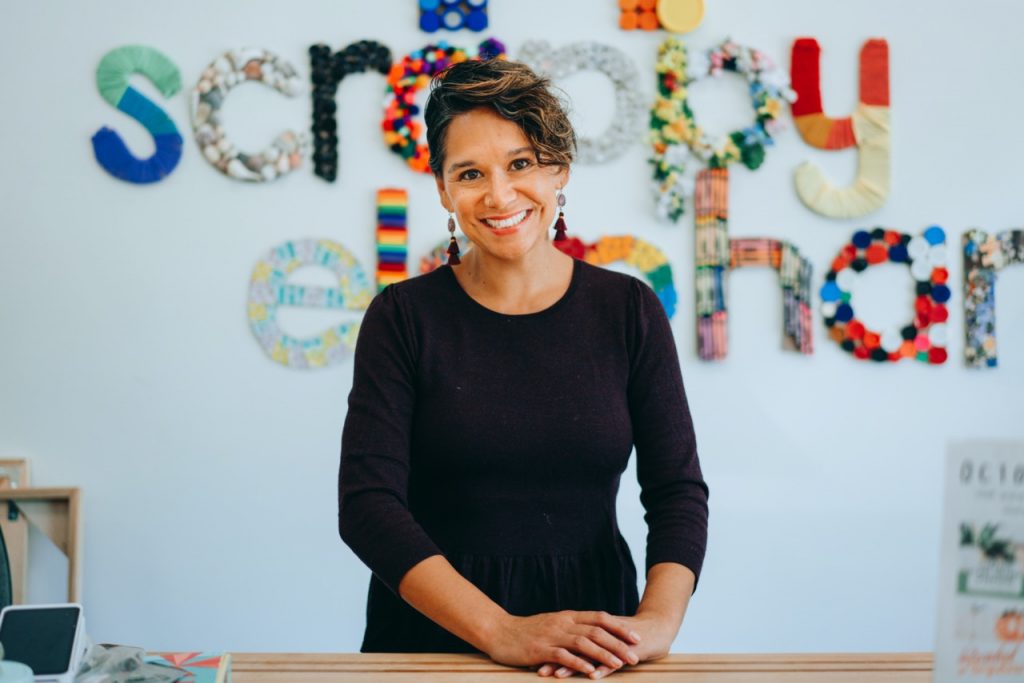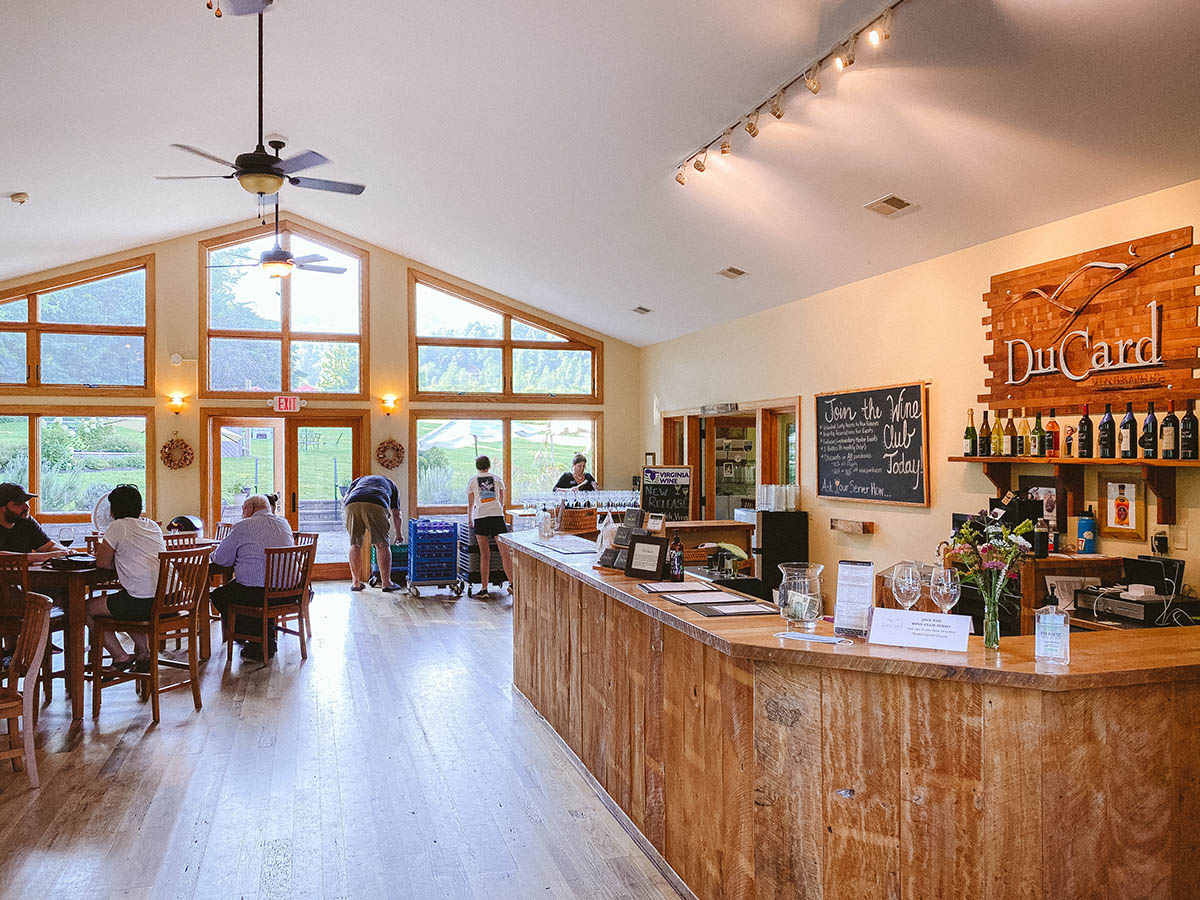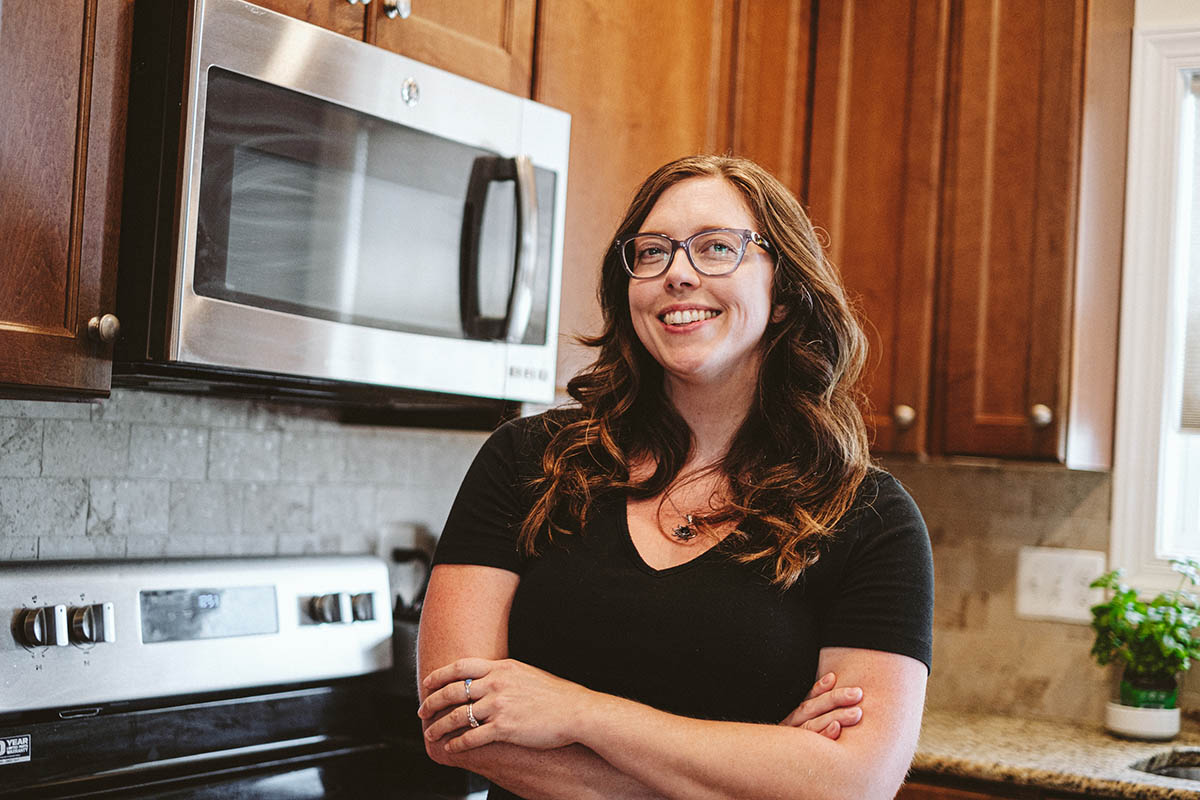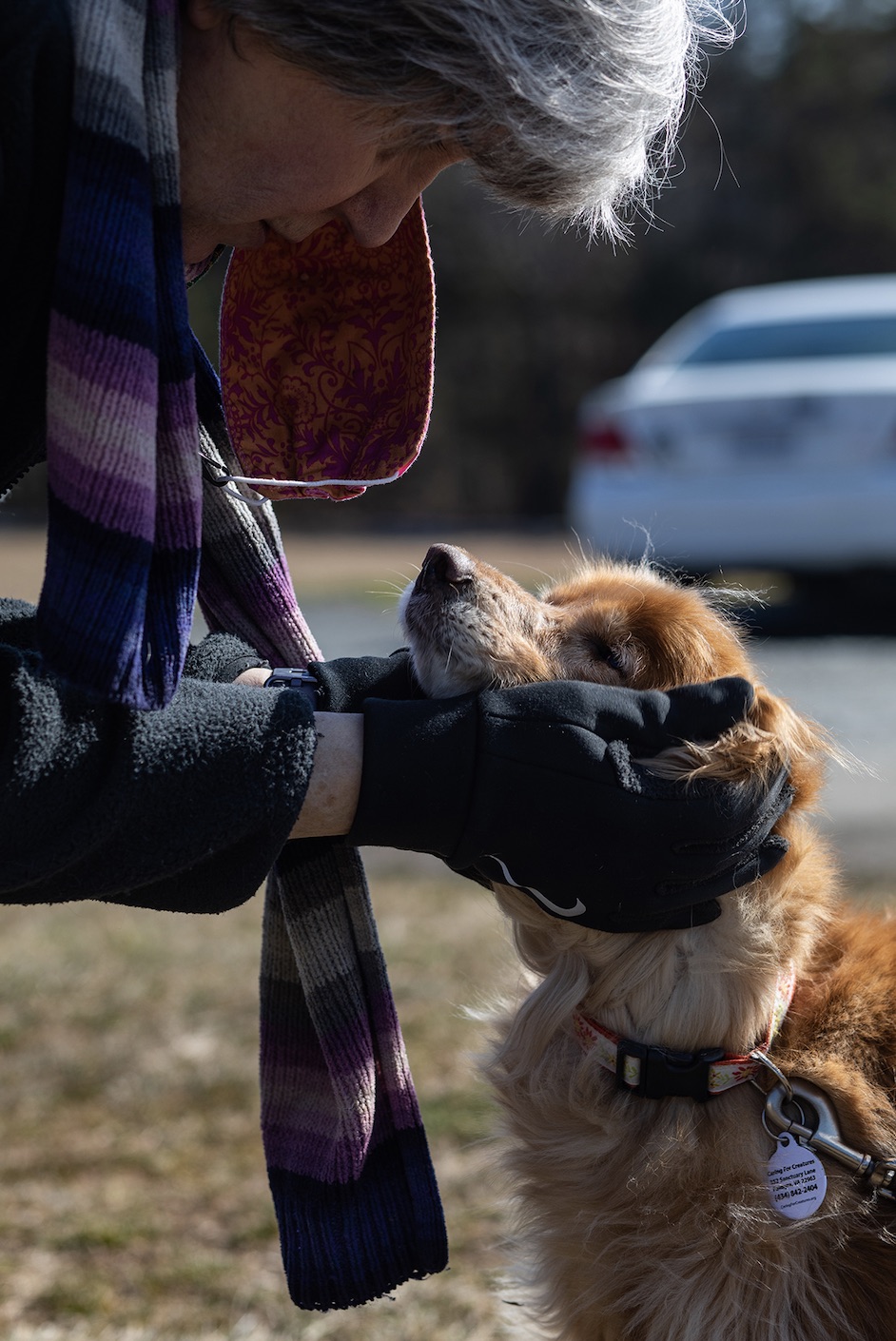Colorful lights paint the stage as Peggy Lee’s “Big Spender” plays over the loudspeaker. Sparkling from head to toe like the overhead mirror ball, a woman wearing a sequin dress and dripping in costume jewelry swaggers and sways onstage, proudly brandishing a championship wrestling belt. “Zsa Zsa Gabortion,” a persona that’s equal parts Zsa Zsa Gabor and abortion rights activist, has just been named the evening’s arm-wrestling champ.
It’s the Saturday night before Halloween, and after a three-year hiatus, the Charlottesville Lady Arm Wrestlers (aka CLAW)—a collective of women that’s part creative cosplay, competition, and charitable cause—have reconvened for a rowdy revelry at Champion Brewing Company. Each Carnivale-style event is held to raise money for a women-led organization or small business. The beneficiary of tonight’s bash is the Blue Ridge Abortion Fund.
“I came to win tonight, but the real winner is BRAF,” says Zsa Zsa Gabortion. She’s right about that. The CLAWing It Back event brought in nearly $14,000, the most money raised by a CLAW gathering in its history. “All funds raised will support people from or traveling to Virginia for their abortion care,” says Deborah Arenstein, BRAF director of development.
For more than 30 years, BRAF has been providing financial and logistical support to people who need access to abortion care. “Being back in community, talking to people about abortion access and why it matters, and having fun while funding abortion is what we all need after a very challenging summer,” says Arenstein.
While the main purpose of any CLAW event is to raise funds, it’s also about putting on a show where women’s empowerment takes center stage. The outrageous antics may seem impromptu—and many of them are—but numerous volunteers lend their time and expertise.
The first meeting on October 9—just 20 days prior to the competition—assembled the arm wrestlers, introduced them to their fearless leaders, and gave them an overview of what to expect. For each event, the wrestlers are free to adopt new personas or maintain existing ones, so character development is the main topic of conversation. Sally Williamson, a full-time parent and volunteer and activist for women’s and LGBTQ+ rights, fittingly assumes the role of Zsa Zsa Gabortion.
One of eight arm wrestlers, Williamson is joined by first timers like her as well as seasoned veterans. From 20-somethings to 50-somethings, these women come from all walks of life and are united by a spirit of collaboration. Crowd favorite “ChiCLAWgo,” a dolled-up flapper inspired by the play Chicago, is portrayed by Amy Hill, a graphic designer and marketing professional. Lucy Fitzgerald, a Ph.D. candidate in mechanical & aerospace engineering at UVA, is “Fist of Furiosa,” a Mad Max-style warrior. Each competitor brings her own style of sensuality and strength, sass and smarts. One even brings her own live snake—“Eve of Destruction,” portrayed by Eve Hesselroth, owner of Clay Fitness.


As the arm wrestlers brainstorm their personas, CLAW leader Claire Chandler helps them nail down character names and theme songs. Chandler has been one of CLAW’s primary organizers since 2016, when founding members Jennifer Tidwell and Jodie Plaisance turned over the reins. “As a local actress and drama teacher, CLAW has always spoken to my love of theatricality and improv,” says Chandler. “The icing on the CLAW cake has been witnessing the local community support and the amazing female friendships.”
Chandler also serves as onstage emcee “Gail,” one-half of a duo of camp counselors; fellow middle school drama teacher and CLAW organizer Edwina Herring portrays her counterpart, “Barb.” Behind the scenes, stage manager Michelle Oliva is in charge of wrangling the wrestlers and other performers to ensure the event runs smoothly.
The organizers share that a crucial piece of the event’s success is the entourages—wrestlers are allowed up to eight entourage members, who solicit the crowd for CLAWbucks, the mock money used for bogus betting. The goal of the entourages, dressed to complement the wrestlers’ personas, is to collect as many CLAWbucks as possible because they equal donations for the evening’s beneficiary. Entourage members offer a variety of items—3D-printed bird skull pins, bat facts zines, and candy packaged as abortion pills—in exchange for CLAWbucks.
A few days prior to the main event, the wrestlers reunite for a mandatory safety training session. Years ago, a wrestler broke her arm, and it’s clear that the incident is never far from the minds of the organizers.“It is our job to keep you safe,” says Chandler to the competitors.
The referee, known onstage as “USS Tightship” and offstage as UVA Associate Professor of Drama Caitlin McLeod, lives up to her character’s name when it comes to the well-being of the wrestlers. Her rules are simple but strict: keep your feet on the ground, maintain a straight plane, and stay out of the break arm position—the one where a wrestler’s arm is awkwardly and potentially dangerously bent. Seasoned wrestler Sidney Lyon, who drove from Boston earlier in the day to reprise her role as jilted bride “Kary-OK?” after another wrestler had to drop out of the competition, demonstrates the proper arm position. Then, each wrestler participates in a test match to prove she can compete safely.

“For all that CLAW is a joyously raucous and sometimes chaotic event, I felt totally safe and taken care of,” says Williamson, “which meant that I could focus on engaging the crowd to make the event enjoyable for the audience and a successful fundraiser for Blue Ridge Abortion Fund!”
The morning of the event, the organizers, wrestlers, and entourage members meet at Champion for a dress rehearsal. A flurry of activity is squeezed into about an hour—everything from ensuring wrestlers can compete safely in their elaborate costumes to practicing the timing of dance numbers for their stage entrances. The emcees finalize the limericks they’ll read to introduce the wrestlers, as chairs are set out for VIP guests—those who donated $75 or more to attend. The stage manager lays out rules about who can and cannot access the stage. The ref establishes “Code Tyson,” the emergency protocol, and emphasizes safety once again. Wrestlers disband and are expected to return no later than 6:15pm.
Williamson spends the pre-match time with her partner and three kids. She’s also hosting a friend from Boston, who is in town to be part of her entourage. She has her hair done professionally and preps her costume, most of which she found online. Shortly before call time, she returns to Champion to finish getting ready.
Her entourage, also decked out in sparkles and gold lamé, includes Ezra, Williamson’s 11-year-old. He isn’t the only adolescent in attendance—“Mommie Smearest,” a Joan Crawford-esque character played by Marty Moore, is accompanied by “Christina” and “Christopher.” While CLAW may not be geared toward children, backstage certainly is a family affair. Kids run in and out of the green room, grabbing pizza and candy, while women apply makeup and practice their bits.
On the Champion patio, excitement and nervous energy are palpable. Wrestlers and their entourages take turns assembling for photos with Justin Ide, who’s providing free photography of the event. Five minutes prior to doors opening at 7pm, Williamson huddles with her entourage, providing instructions and encouragement. A luchadora lays out CLAW merch, while the BRAF cohort prepares cup koozies, magnets, and other swag for sale.
As soon as the Charlottesville Derby Dames, who volunteer as security personnel, allow spectators in, the entourage members get to work. Some stand close to the entrance, enticing people to hand over their CLAWbucks as soon as they set foot inside the gate. Others charm the VIP section, knowing there are big spenders in their midst. Scantily clad women stuff CLAWbucks in their corsets; shirtless men pose for photos for a fee.

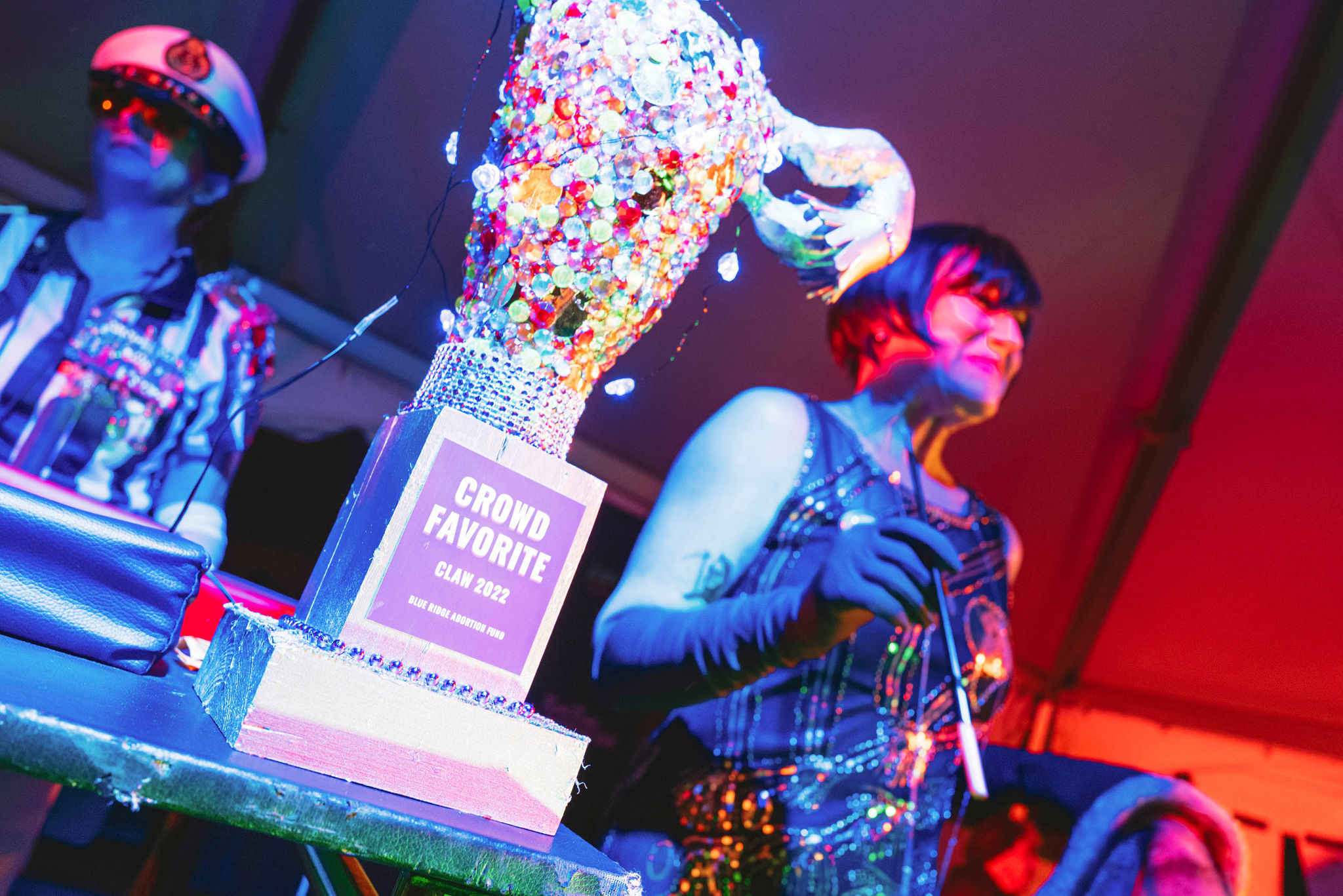
Fans filter in over the next hour until Champion’s patio reaches capacity. CLAW begins with a roar, featuring a parade of the wrestlers and their entourages. After opening speeches from the emcees and BRAF’s Arenstein, the arm wrestling gets underway. Three rounds of competition stretch out over two hours—interspersed with multiple absurd interruptions.
There are dance-offs, an impromptu wrestling battle featuring a life-size cardboard cutout, and an intermission in which Kary-OK? sits on the stage alone after smashing her own face into a wedding cake. There are multiple breaks to bribe the three judges, Darryl “Disco Darryl” Smith, Katie “Wendy Snarling” Rogers, both of Live Arts, and a giant can of corn. The crowd cheers for wrestlers ousted early to return, like Katie Aplis’ “Vampira-bortion Rights,” and jeers when Kathryn Bertoni’s “Princess Slay-a” uses the Force to overtake Zsa Zsa Gabortion in a contested match.
“It was pointless but entertaining. That’s CLAW, y’all,” says Chandler’s Gail at one point from the stage.
But at the end of the night, it’s Zsa Zsa Gabortion who goes home with the bragging rights of having won the arm-wrestling competition. ChiCLAWgo wins the Crowd Favorite trophy. The spectators, entourage, and wrestlers disperse, and a small celebration among the organizers begins. They bid adieu with a “Soul Train”-style line dance and hand gestures to accompany their standard send-off, “Love, Peace, and CLAW.”
“We’re just regular people,” says ref Tightship McLeod. “But we do it all—we know how to have fun, and we help the community. That’s what happens when women run the show.”
CLAW will return in 2023. Anyone can donate to BRAF at blueridgeabortionfund.org/donate.

